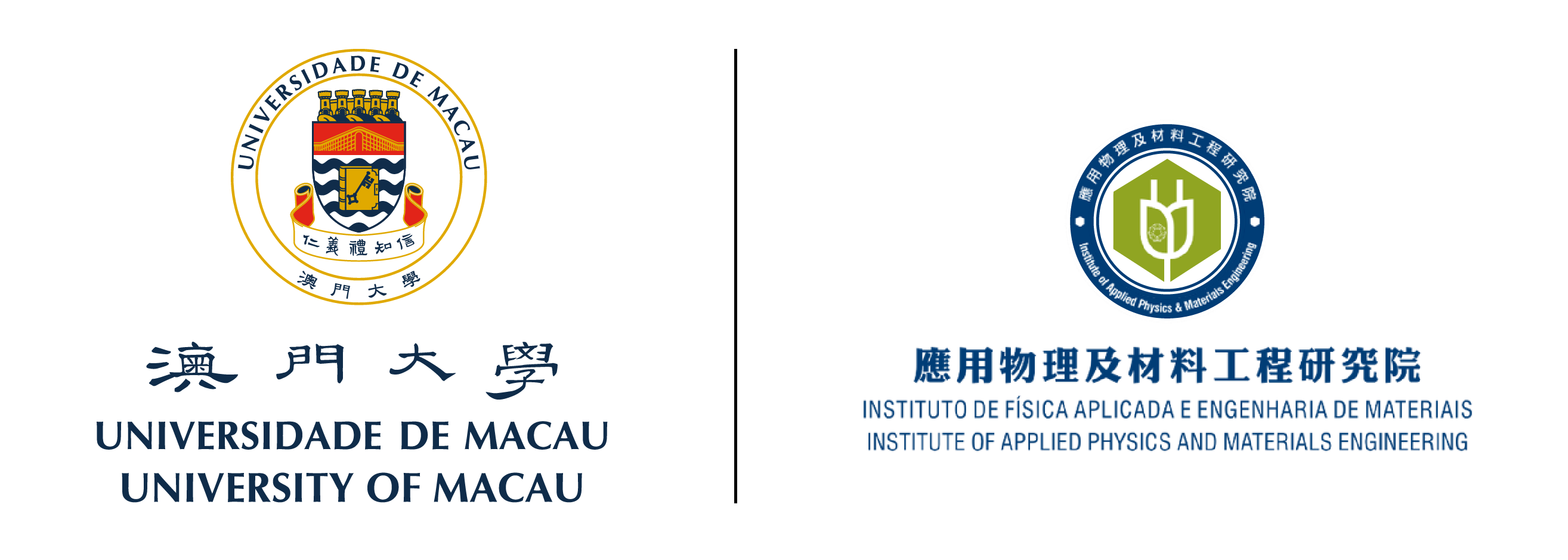On 22 Feb., Prof. He YAN from Hong Kong University of Science and Technology was invited to give a talk on Temperature dependent aggregation enables efficient fullerene and non-fullerene organic solar cells -A new path toward next generation organic solar cells, chaired by Prof. Huaiyu Shao, at IAPME. After the talk, Prof. Yan visited the laboratories of IAPME and had a collaboration discussion with Prof. Shao’s group members.
During the talk, it was discussed that Organic solar cell (OSC) technology has attracted much attention due to its promise as low-cost conversion of solar energy. Despite recent progress, several limitations are holding back OSC development. For instance, best-efficiency OSCs are mostly based on relatively thin (100 nm) active layers. Thick-film OSCs generally exhibit lower fill factors and efficiencies compared to the best thin-film OSCs. Here we report multiple cases of high-performance thick-film (300 nm) OSCs (efficiencies up to 11.7%, fill factors up to 77%). Our simple temperature dependent aggregation control and materials design rules allowed us to develop, within a short time, over twenty polymer: fullerene combinations, all of which yielded higher efficiency than previous state of art devices (~10%). The common structural feature of the three new donor polymers, the 2-octyldodecyl (2OD) alkyl chains sitting on quaterthiophene, causes a temperature dependent aggregation behavior that allows for the processing of the polymer solutions at moderately elevated temperature, and more importantly, controlled aggregation and strong crystallization of the polymer during the film cooling and drying process. This results in a well-controlled and near-ideal polymer: fullerene morphology (containing highly crystalline, preferentially orientated, yet small polymer domains) that is controlled by polymer aggregation during warm casting. This approach can also be applied to non-fullerene OSCs.
Dr. YAN is an Associate Professor at Hong Kong University of Science and Technology (HKUST), and is now Associate Director of the Energy Institute at HKUST. Dr. Yan obtained his bachelor degree from the Beijing University in 2000 and his doctor degree in 2004 at Northwestern University. Dr. Yan is the pioneer in developing n-type organic semiconductors and reported the first example of high-mobility n-type polymeric semiconductor in 2009 (Nature, 2009, 457, 679-686). In 2015, Dr. Yan’s record efficiency cell was recorded in the renowned “best research cell efficiency” chart by NREL, the first time a Chinese University appears on the chart. Dr. Yan is also one of first scholars reporting highly efficient non-fullerene organic solar cells with low voltage losses (Nature Energy, 2016, 1, 16089) comparable to inorganic cells. These work set a new direction of research to achieving organic solar cells with efficiencies potentially reaching 20%.



